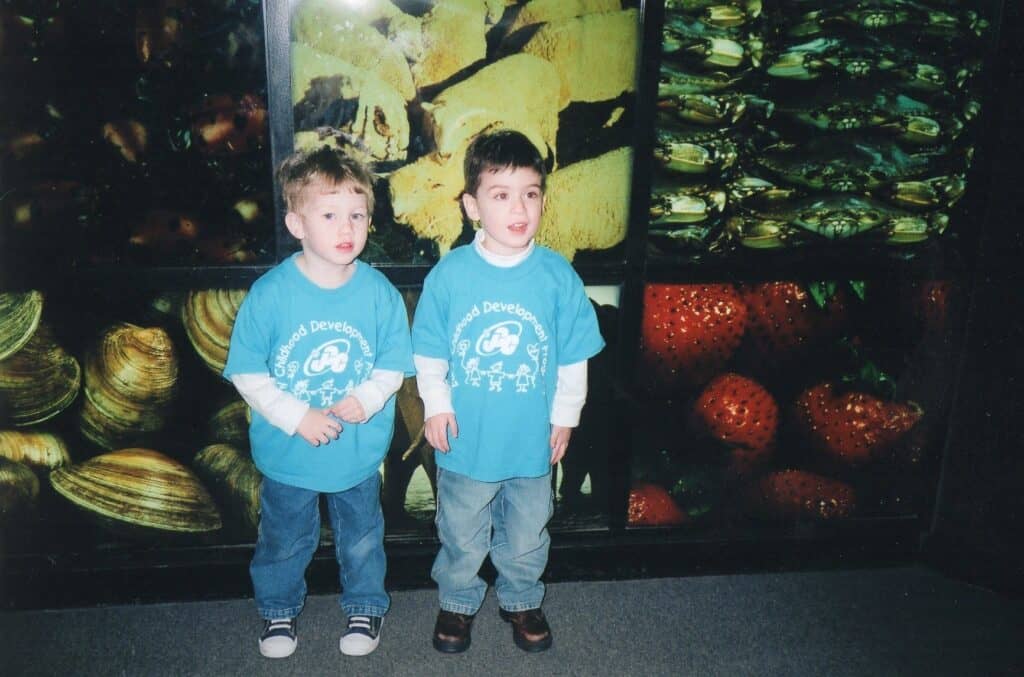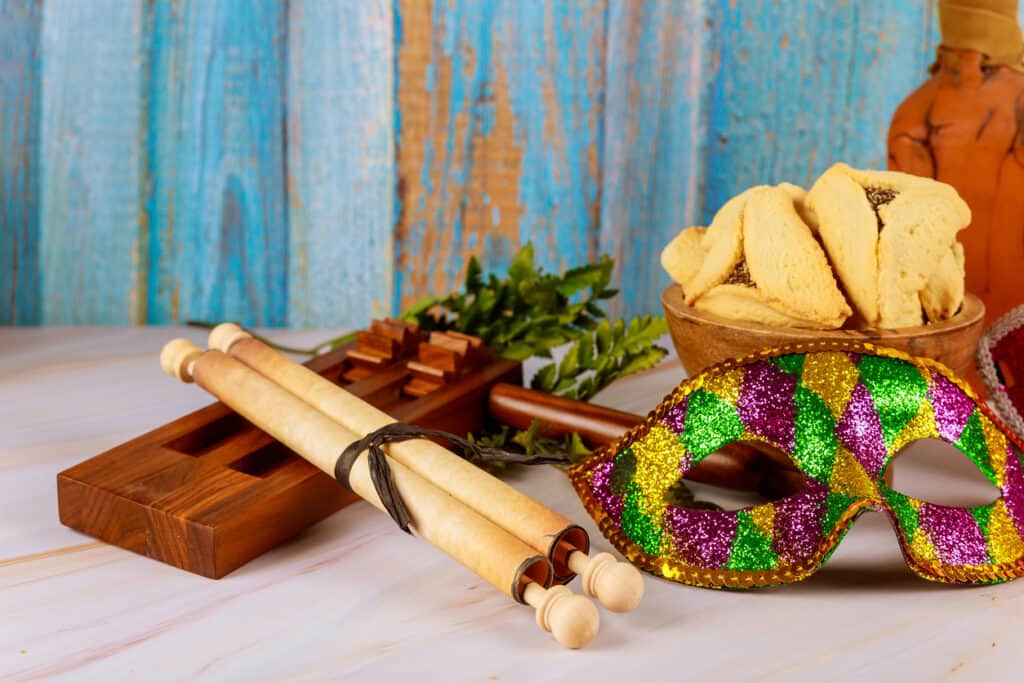The Irony of Purim
A time of celebration and confrontation
by Rabbi Jessy Gross
 Purim is perhaps the most ironic holiday of all the holidays on the Jewish calendar – and also my favorite! In most places, people are familiar with Purim as a holiday where children get to dress up and a bunch of carnival like celebrations pop up for families to enjoy. Maybe a creative performance telling the great tale of triumph of Esther and Mordechai over Haman (boooo!!!!) leads into the carnival. A total family affair…or is it? Actually, Purim is probably the MOST adult holiday we have in our holiday cycle. The story told in Megillat Esther is a tale of seduction, deception and senseless hatred and a degree of violence. And, one of the ritual commandments actually instructs us to get so intoxicated on Purim that we’ve had to think especially hard about what that means for keeping our community safe and still in the spirit of getting so mixed up that we cannot tell the difference between the good guy (Mordechai) and the evil villain (Haman…boooo!!!).
Purim is perhaps the most ironic holiday of all the holidays on the Jewish calendar – and also my favorite! In most places, people are familiar with Purim as a holiday where children get to dress up and a bunch of carnival like celebrations pop up for families to enjoy. Maybe a creative performance telling the great tale of triumph of Esther and Mordechai over Haman (boooo!!!!) leads into the carnival. A total family affair…or is it? Actually, Purim is probably the MOST adult holiday we have in our holiday cycle. The story told in Megillat Esther is a tale of seduction, deception and senseless hatred and a degree of violence. And, one of the ritual commandments actually instructs us to get so intoxicated on Purim that we’ve had to think especially hard about what that means for keeping our community safe and still in the spirit of getting so mixed up that we cannot tell the difference between the good guy (Mordechai) and the evil villain (Haman…boooo!!!).
Another aspect of the irony of Purim is that the framework for celebrating is through large, lavish parties with an abundance of food, spirits and debauchery. However, the themes that Purim asks us to confront are complicated and incredibly important. The story of Esther tells a tale of abuse of power, seduction and gender bending, and, ultimately, minority uprising in the fear of ethnic annihilation. It is a story of good versus evil; the big, great power being overcome by the forgotten “little man”. It is a tale in which the heroine presents herself as a subservient “yes woman” but ultimately uses her sexuality and femininity to gain favor with the king and the Jewish people.
On Purim we give gifts…to each other and to those in need. We give gifts in order to enhance the feeling of celebration and connectedness amongst members of the community. At the same time that we prepare lavish parties and festive meals to re-enact the parties in Shushan where the Purim story first took place, we share our abundance with each other so that everyone has enough to join in the celebration. It is customary to give gifts to friends to enhance the celebration and to give gifts to those in need. They are not the same gifts, but they are given at the same time. Two sides of the coin to ensure that happiness is increased for all during this season.
Purim falls in Adar, which is a month we learn is “pregnant with happiness”. During the month of Adar we are instructed to flip things on their head and to consider everything from different angles. This presents superficial and deep invitations alike. In some places there is a rule during the month of Purim that at any time someone can yell out the word “nafuchu” (meaning to flip something over) indicating that everyone in the room has to get up and move to a different seat, or do something entirely different for thirty seconds than they were currently doing.
The concept of nafuchu also has deeper implications. Like Mardi Gras is a period of debauchery that leads into a more serious time of lent as a cleansing process to prepare for Easter; Purim is the necessary letting loose that we need in order to move into the period of preparation and planning for our Passover seders and for the holiday in which we recall the great liberation and revelation of the Jewish people. It is part of the rhythm by which we cut loose, flip things over and mix them all up in order to prepare ourselves to put them back together, to put them in detailed order and to be spiritually ready to connect to the holiday that marks the beginning of it all…the liberation of the Israelites from Egypt and, ultimately, the receiving of the Torah.







